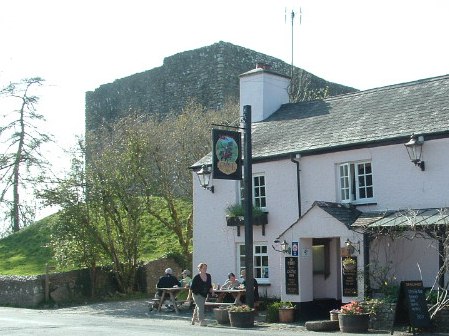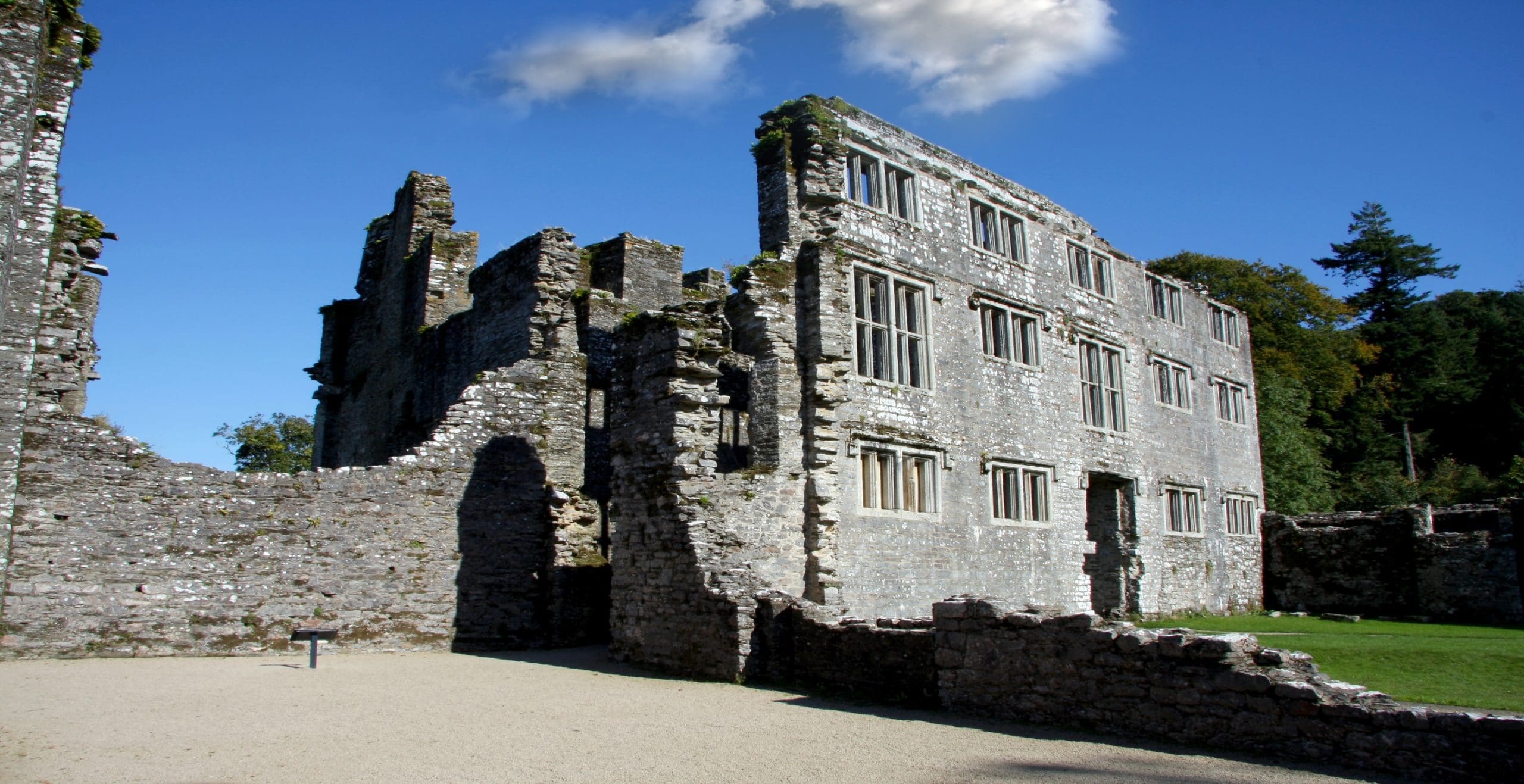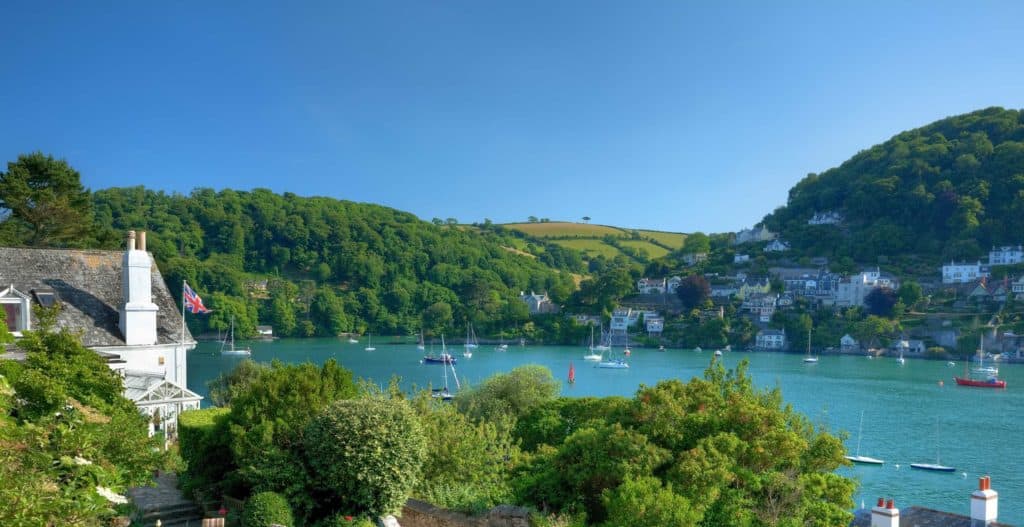The picturesque village of Lydford is hidden away on the edge of Dartmoor in Devon. Rather uniquely, this historic village boasts not one but TWO castles!
Lydford’s quintessentially English village inn is a great place from which to start your tour of the village. As you can see from the photo below, it is situated by one of the two castles: Lydford Castle, a medieval courtroom and prison. There is a small car park opposite the pub and from here you can stroll over to the castle and the earlier Norman ringwork fortification. You can also explore the ancient spring, an important source of water for the village from Saxon times.

The history of the village begins in the Dark Ages. By the 9th century the Saxon kings of Wessex had established a burh here to protect the area both from Viking raids and also from the Cornish! Fortified during the reign of King Alfred, in Saxon times Lydford was considered equal in importance to Exeter and Totnes. As well as a stronghold, a mint was established at Lydford in the late 10th century. Some of the coins minted here have been found in Scandinavia, possibly having formed part of Danegeld payments – or protection money – made to the Vikings by the Saxons.

The Normans made their mark here soon after the conquest in 1066. The Normans built castles at strategic sites and towns, and here at Lydford they built a small ringwork in about 1087-8 which was abandoned by the middle 12th century.
The ringwork was a roughly triangular enclosure with a high rampart and deep ditch which surrounded a small group of wattle and daub buildings, including possibly granaries for storing grain. Archaeology suggests that it was only inhabited until the mid 12th century.
The Middle Ages saw Lydford flourish and become the administrative centre for the Royal Forest or royal hunting ground of Dartmoor. It also oversaw the administration of the tin-mining districts or ‘stanneries’ of Dartmoor.
The medieval ‘Lydford Castle’ was actually a courtroom and prison for both of these functions, and was originally built about 1195 and took the form of a freestanding tower at least two storeys high. Totally rebuilt in the 13th century, this involved digging a ditch around the tower and piling up the soil to the level of the ground floor. The upper storeys were completely rebuilt to form a small keep and the interior of the old prison was filled in. An earthwork bailey to the north west was also constructed at this time.

Lydford Castle had a reputation for rough justice, as described in the 1640 poem Lydford Law by the Tavistock poet William Browne:
‘I oft have heard of Lydford law,
How in the morn they hang and draw,
And sit in judgment after’
During the Civil War the tower was used as a military prison by the Royalists but it had fallen into disrepair by the mid 1600s and although later partially restored, by the early 19th century it had been abandoned. Today the castle is managed by the National Trust in co-operation with English Heritage.

As well as the castles, Lydford boasts a very fine stone church, St Petrock’s Church. The intricate wood carvings on the ends of the pews are of particular interest: each one different, they show a saint or holy man surrounded by a border of animals, plants or words.

Nearby Lydford Gorge (National Trust) is also well worth a visit. Here the River Lyd flows through a narrow gorge 1.5 miles long. One of the main features of the gorge is the 100-foot high White Lady Waterfall.
As Lydford is situated on the fringes of Dartmoor, it makes a perfect base from which to explore the historic market town of Tavistock and the pretty villages and countryside of Dartmoor.
Getting here
Just 8½ miles south of Okehampton, Lydford is easily accessible by road, please try our UK Travel Guide for further information.
Anglo-Saxon Sites in Britain
Browse our interactive map of Anglo-Saxon Sites in Britain to explore our listing of burial sites, military remains, crosses and churches.
Museums
View our interactive map of Museums in Britain for details of local galleries and museums.
Castles in England
Try our interactive map of Castles in England to browse our huge database.





